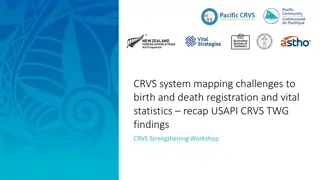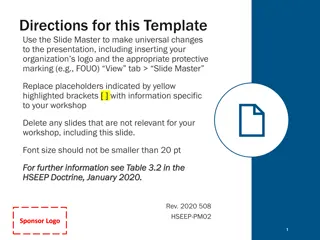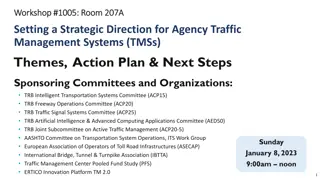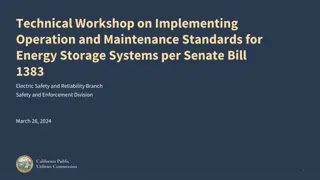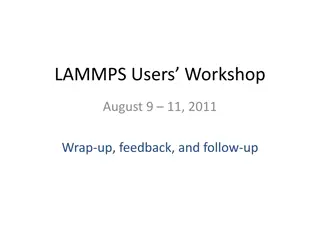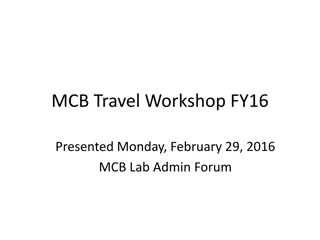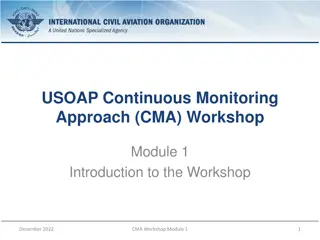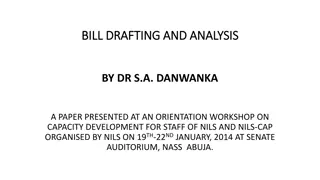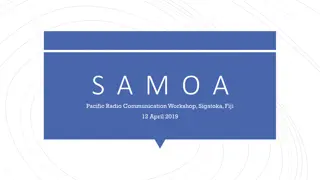Enhancing Cataloguing Practices with Nines: A Workshop Overview
Exploring the power of utilizing the 9XX fields in cataloguing, this workshop presentation delves into topics such as local subject headings, Dewey Decimal Classification choices, and MARC manual references. Learn about the significance of 9XX fields for internal record-keeping, workflow efficiency, and enhancing user experience. Discover practical uses, exceptions, and tips for leveraging these fields effectively to improve cataloguing workflows and data management.
Download Presentation

Please find below an Image/Link to download the presentation.
The content on the website is provided AS IS for your information and personal use only. It may not be sold, licensed, or shared on other websites without obtaining consent from the author. Download presentation by click this link. If you encounter any issues during the download, it is possible that the publisher has removed the file from their server.
E N D
Presentation Transcript
The Power of 9 a 2020 Cataloguers Workshop lightning talk presentation by Charlotte Christensen, National Library of New Zealand
Introducing the Nines 092 - my library's choice of Dewey Decimal Classification (as opposed to the 082 which is the number recommended by a national agency) 509 or 590 - my library's local notes 69X - my library's local subject headings
The exception to the rule 490 the series statement as it appears on the copy in hand
Example of MARC manual reference for local data - 59X
What about those 9XXs at the bottom of OCLC records? OCLC-defined fields: 936 938 956 987 989 994
So what fields are available to me? 509/59X 69X 901-907, 910, 945-949 (the 9XXs recommended by OCLC for local use; i.e. are not generally used for other purposes) Write it down!
Uses for 9 fields Local subject headings terminology that is relevant to your users Details about individual copies first editions, author or previous owner annotations, etc. where you don t want to separate your copy from the same record that the other copies are already on Workflow notes not displayed to the public, notes for staff to see where items have been delayed, or are part of a backlog project Internal record keeping a place for staff to initial records when they complete them for tracking their work, a date for when cataloguing was completed/updated
Summing up 1. 490 is an exception don t just delete these! 2. All other 9s should grab your eye when you open a record 3. Keep track of what you re doing, and write it down 4. Review the need periodically







